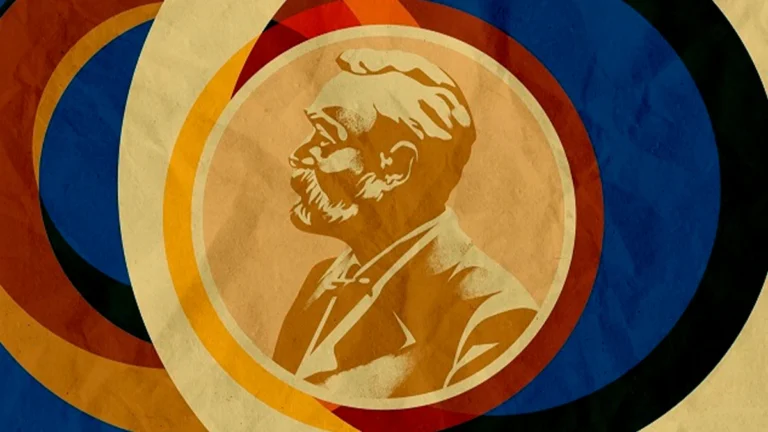For some time now a new technological innovation has been taking center stage and is causing a lot of discussion. Here’s what digital resurrection is and why it’s creating controversy.
Table of Contents
What is digital resurrection
“I have lost a loved one and I would very much like to be able to feel them again, even just for one last time.” From this assumption, technology started and tried to fill a void with a possibility, which although fictitious, could benefit many.
However, this is only one side of the coin. On the other there are the issues related to the consent of the deceased, the ethical and metaphysical debates on how right it is to try to replace nature that has run its course and also those related to psychology.
The mourning process is a delicate process that follows its right timing, is it right that technology intervenes in this sense? Can it lead to negative feedback? All legitimate questions that experts are asking themselves and that those who are exploiting this technology should also ask themselves.
Digital resurrection is nothing more than the possibility of chatting electronically with a chatbot capable of responding in a very similar way to how a deceased loved one would have done. A palliative to reduce the sense of emptiness caused by the loss which, however, for some, is not positive for those who abuse it.
How digital resurrection works
After understanding what digital resurrection is, let’s try to understand how it works. Let’s start from an assumption, its operation is very similar to that of other famous chatbots such as ChatGPT, Bring and Bard, just to name a few, what changes is the training method.
In fact, if the latter are trained on the web using the information contained in this world, digital resurrection chatbots are trained using all the information of the deceased person.
We are talking about emails, chats, text messages, voice messages and more, every digital production of the person you intend to emulate is useful for training. So what happens as a result? That when you write to this chatbot you will receive very similar answers to those that the deceased would have given.
Smile, way of speaking, grammatical errors, nicknames, sense of irony and so on, the feeling will be that of communicating exactly with this person. Clearly this is a palliative, as previously mentioned, a purely digital and non-factual resurrection, which however raises the obvious questions we talked about previously.
The survey carried out
A survey carried out at Seoul National University, conducted by professor Masaki Iwasaki, is particularly interesting. The professor decided to sample 222 American adults, all different in age, gender, background, education and economic situation.
The scenario presented to the examinees was the following: a girl who died in a road accident and the possibility for her family and friends to use AI to recreate her digitally. Half of the participants were told that the girl had given consent when she was still alive, the other half the exact opposite.
58% of the participants in the first half stated that it would be appropriate to produce such AI if in the presence of written consent, 97% percent of the second group instead expressed their opposition.
What emerges is a firm and decisive answer to one of the questions posed in the first paragraph, the consent of the deceased, according to the results of this test, seems to be necessary for most people.












